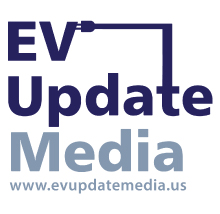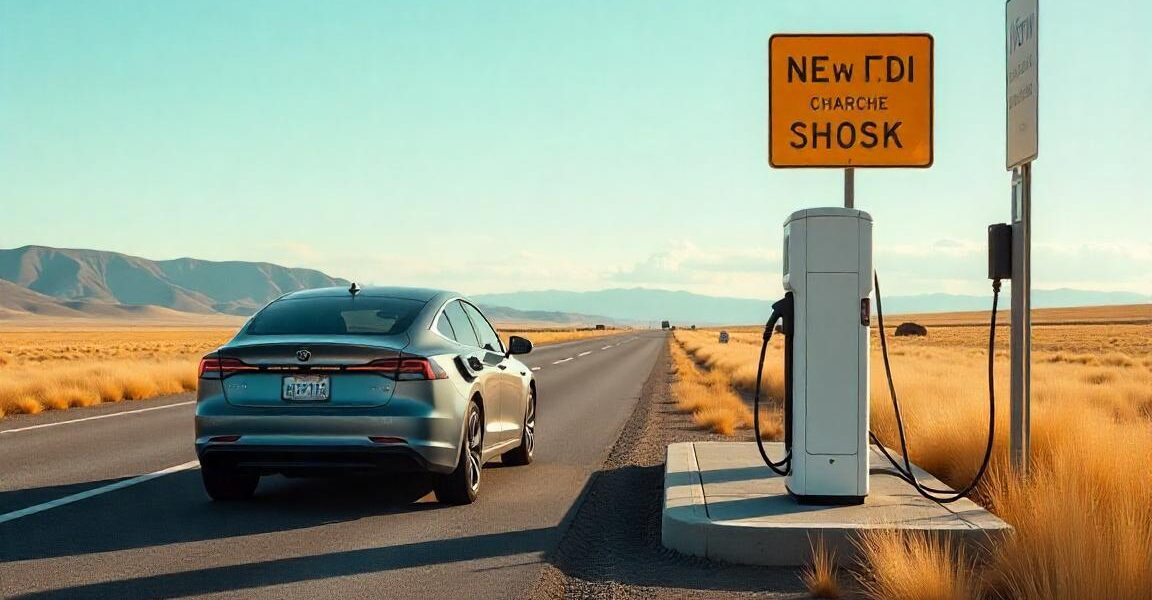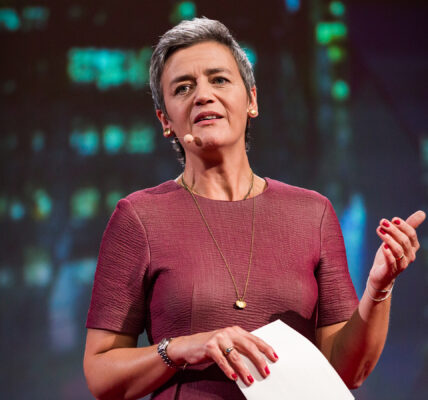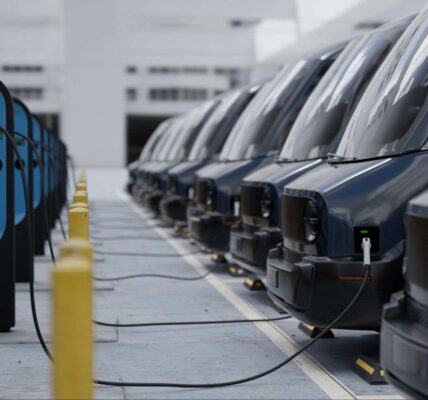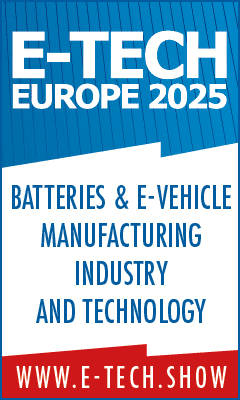Wyoming Leads The Charge On North Dakota, West Virginia, Mississippi And Maine As America EV Revolution Is Facing A Massive Crisis, What You Need To Know
Wyoming is quietly making waves. As the America EV revolution accelerates, a massive crisis is unfolding—and Wyoming leads the charge in solving it. While states like North Dakota, West Virginia, Mississippi, and Maine follow closely, others are falling dangerously behind. The surge in electric vehicle adoption is undeniable. But what happens when chargers can’t keep up with the cars? The answer could stall progress across the nation.
This isn’t just a story of innovation. It’s a wake-up call. With EVs flooding the roads, public charging gaps have become a national concern. However, Wyoming is doing something different—and it’s working. As other states struggle, it’s outperforming in access, speed, and planning.
So why is Wyoming pulling ahead of North Dakota, West Virginia, Mississippi, and Maine? And what does it mean for the rest of the country? The truth reveals what every traveler, policymaker, and EV owner needs to know right now.
EV growth is surging in the US but public charger availability isn’t. See which states face the worst EV-to-charger ratios—and what’s needed to fix it now.
Electric vehicle adoption in the United States is accelerating at a historic pace. Sales are booming, public interest is high, and incentives are stronger than ever. But beneath the surface of this green energy milestone lies a growing challenge that could derail progress—the widening gap between EVs on the road and public chargers available to power them.
New data reveals that while EV ownership is climbing fast, many states are becoming charging deserts, where the number of vehicles far exceeds available infrastructure. This imbalance, if left unaddressed, risks halting the momentum of clean transportation in its tracks.
Across the nation, from 2018 to 2023, electric vehicle registrations surged. However, the rollout of Level 2 and DC fast chargers has lagged. As a result, more drivers are now sharing fewer charging stations. This leads to longer waits, increased range anxiety, and growing frustration for those who can’t rely on home charging.
The data is clear—and alarming. According to the latest analysis by Wolf River Electric, New Jersey leads the nation in EV-to-charger imbalance, with 36.21 electric vehicles per public charging outlet. That’s a dramatic strain on daily usability. Close behind are Hawaii (29.77), Illinois (28.38), Texas (26.64), and Washington (26.15)—all of which now qualify as EV “charging deserts.”
These aren’t small, sparsely populated states. These are high-density, high-demand regions where people are eager to make the switch to electric—but may soon hesitate if charging becomes too inconvenient.
The problem isn’t just present—it’s worsening. Between 2019 and 2023, Texas saw its EV-to-charger ratio increase by +18.83, followed by sharp jumps in Illinois (+18.65), New Jersey (+18.32), Hawaii (+17.45), and Florida (+17.06). These increases show that EV growth is outpacing infrastructure expansion at a dangerous rate.
Meanwhile, some states are getting it right. Wyoming, North Dakota, West Virginia, Mississippi, and Maine top the list for healthy EV-to-charger ratios. Wyoming leads with just 4.37 EVs per charger, meaning drivers there enjoy easy access and minimal wait times—even for fast DC charging. These states, often rural and low-density, may offer a model for proactive planning, with infrastructure designed ahead of rising demand.
But equity is key. Most EV drivers live in urban and suburban areas, where population density is high and public chargers are crucial. Many live in apartments or homes without garages—making home charging impractical or impossible. Without accessible public charging networks, millions of potential EV adopters will remain sidelined.
For the travel industry, this bottleneck carries massive implications. Road trips, regional tourism, and eco-conscious travel experiences rely on the ability to charge conveniently. Hotels and rest stops that fail to invest in EV charging stations risk being passed over. Meanwhile, destinations that offer reliable infrastructure are quickly becoming preferred travel hubs for EV drivers.
As more rental car agencies integrate electric fleets, airport corridors and highway travel routes will require greater charging coverage. A lack of consistency in charging availability can impact everything from car hire experience to overnight lodging choices.
The challenge now is urgency. Building chargers takes time—planning, permits, installation, and integration with local power grids. Delaying investment now means bottlenecks tomorrow. And the longer this gap persists, the harder it becomes to convince the average driver to go electric.
The situation also underscores a critical need for federal and state coordination. Infrastructure must not only be expanded, but equitably distributed. It’s not just about installing chargers in wealthy urban centers. It’s about ensuring that rural towns, mid-size cities, and high-traffic corridors are included in the clean energy roadmap.
The private sector has a role, too. Hospitality, retail, and commercial real estate developers can no longer afford to treat EV chargers as optional. These amenities will soon become essential, just like Wi-Fi. Forward-looking hotels, airports, and resorts are already adding Level 2 and DC fast chargers, understanding that travelers want the freedom to move without limits—or anxiety.
For travelers, the message is twofold. First, plan ahead. Research charging stations, especially in known “desert” states. Use apps and GPS-integrated platforms to locate options along your route. Second, advocate. Support businesses and destinations investing in clean mobility. Choose accommodations that align with the sustainable values of the EV movement.
The opportunity is massive. But so is the risk. America is at a turning point in its clean transportation journey. The momentum is real—but it’s fragile. Without rapid infrastructure investment and smarter regional planning, the road forward could become a gridlock of unmet promise.
This is no longer a distant policy issue—it’s a front-line travel and tourism concern. EV drivers are your guests, your customers, and your road-trippers. Supporting them supports the future of mobility.
The U.S. has the talent, technology, and public will to close the gap. But time is running out. The next phase of the electric revolution must be powered not just by innovation—but by action.
